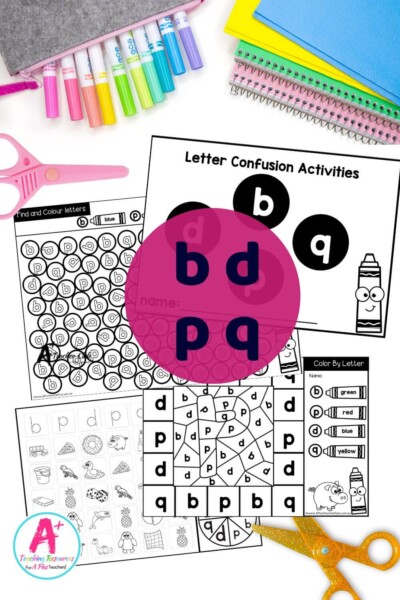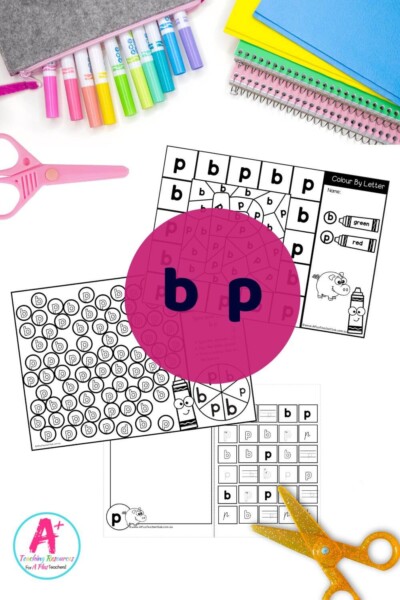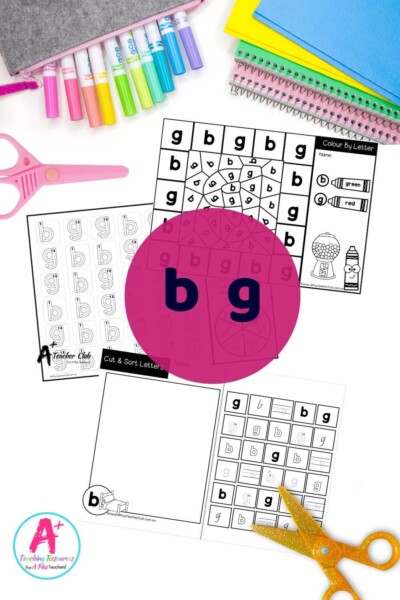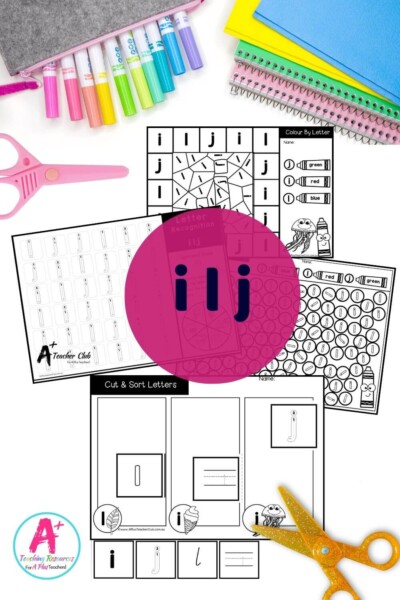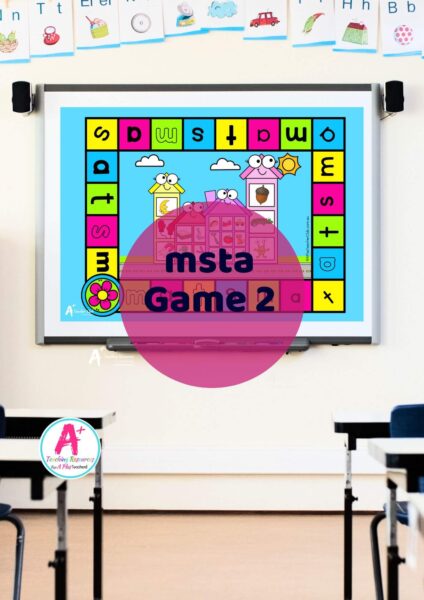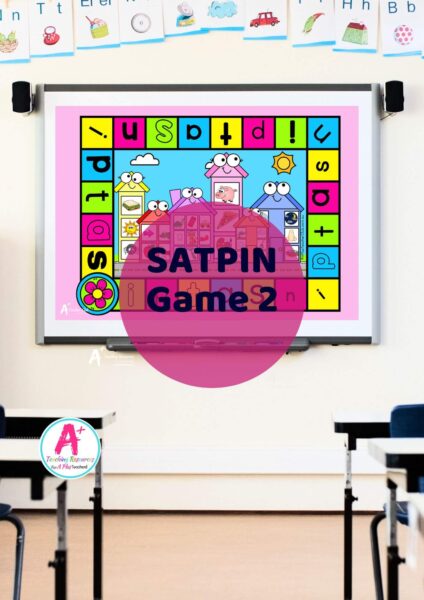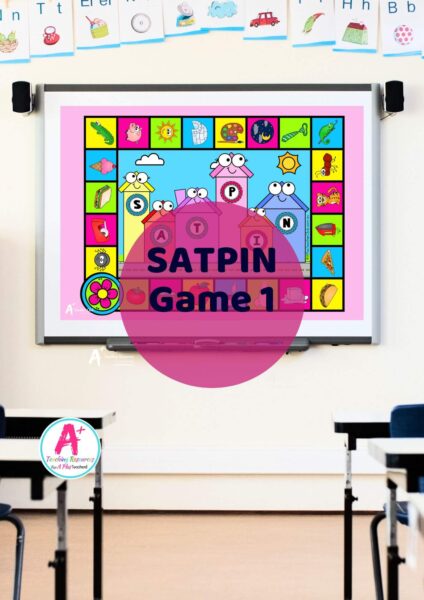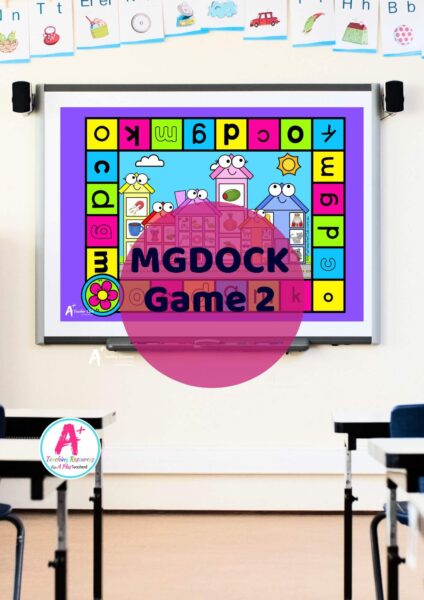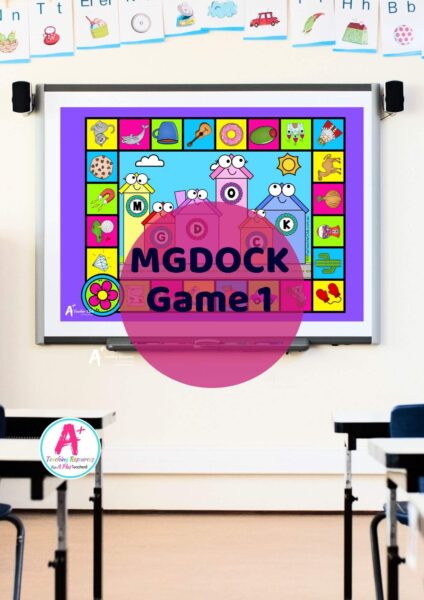Letter Confusion Activities
Phonics, Spelling, & Grammar Resources
Are you on the hunt for Letter Confusion Activities? Well, you’ve hit the jackpot!
As educators, we get a front-row seat to the amazing literacy journey of our young learners. But amidst all the excitement of decoding words and mastering letter recognition, we often come across a little roadblock: letter confusions and reversals. Fear not! In this blog post, we’re diving deep into the world of letter confusions and reversals. We’ll uncover why they happen and dish out some top-notch strategies to give our budding readers the support they need. Let’s get started!
What are Letter Confusions?
Letter confusions manifest when young learners struggle to differentiate between visually similar letters, such as “b” and “d” or “p” and “q.” Additionally, lowercase letters like “i” and “l” often pose challenges due to their resemblance. These confusions can impede students’ literacy development, impacting their reading and writing proficiencies.
What are Letter Reversals?
A specific type of letter confusion is known as letter reversals, where children reverse the orientation of letters, such as writing “b” instead of “d” or “p” instead of “q.” Such reversals lead to challenges in reading and writing. While occasional reversals are typical during the early stages of literacy development, persistent difficulties may indicate the need for targeted intervention and support.
Exploring Mirror Imaging
Mirror imaging, a phenomenon prevalent in dyslexia and early literacy, occurs when individuals perceive letters or words as mirror images of their actual orientation. This distortion leads to letter reversals, complicating reading comprehension and writing fluency. Understanding mirror imaging is crucial for tailoring interventions to address the needs of students with dyslexia or visual processing difficulties.
Research Insights
Researchers such as Dr. Sally Shaywitz, Dr. Bennett Shaywitz, Dr. Keith Rayner, and Dr. Linnea Ehri have conducted groundbreaking studies on dyslexia, literacy development, and the cognitive processes underlying reading. Their work has illuminated the intricate mechanisms of letter recognition and provided invaluable insights into effective intervention strategies for students struggling with letter confusions and mirror imaging.
Why Do Letter Confusions & Letter Reversals Happen?
Several factors contribute to letter confusion and reversals among young learners. Visual similarity plays a significant role, as letters like “i” and “l” share similar shapes, making it challenging for children to differentiate between them. Additionally, the developmental stage of visual discrimination skills influences a child’s ability to recognize subtle differences between letters. Lack of exposure to letters and insufficient practice can further exacerbate confusion, highlighting the importance of providing ample opportunities for letter recognition activities.
It’s crucial to recognize that letter reversals are a natural part of the literacy journey for many young learners. As children navigate the complexities of letter recognition, they may encounter moments of confusion and reversal. These occurrences are not indicative of a learning disability or cognitive impairment but rather reflect the developmental stage of the child’s literacy acquisition.
Supportive Strategies for Teachers
To support students in overcoming letter confusions and mirror imaging, educators can implement evidence-based strategies informed by research:
- Visual Discrimination Activities: Engage students in games and exercises that enhance their ability to differentiate between similar letters, fostering visual discrimination skills.
- Multi-Sensory Learning: Incorporate tactile experiences and multi-sensory techniques to reinforce letter formation and mitigate mirror imaging tendencies.
- Word-Building Exercises: Encourage students to construct words containing challenging letters, providing hands-on opportunities for practice and reinforcement.
- Interactive Literacy Tasks: Integrate letter recognition into daily literacy activities, offering immediate feedback and scaffolding to support students’ progress
While it’s common for children to confuse similar letters during the early stages of literacy development, targeted activities and practice can help them overcome this confusion and develop stronger letter recognition skills over time.
Common Letter Reversals & Confusions
Here’s a list of common letter confusions and reversals:
By understanding the complexities of letter recognition and integrating research-backed strategies into our teaching practices, we can empower students to become proficient readers and writers. Click each Grab our Letter Confusion Activities today to enhance your literacy sessions and give your students the support they need. Let’s team up on this journey to boost literacy skills together!
Resources listed in this collection
Click to jump to...Letter Confusion Activities
Explore tags
More Letters And Sounds Activities
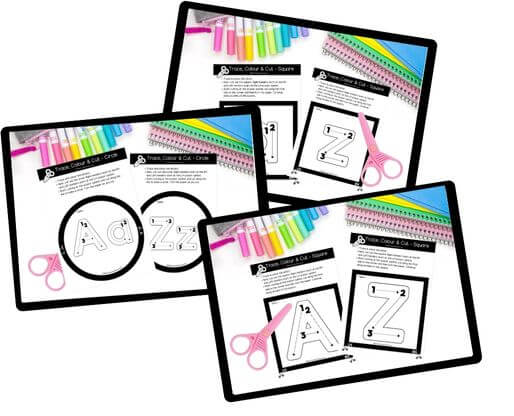
Cutting Activities - Shapes
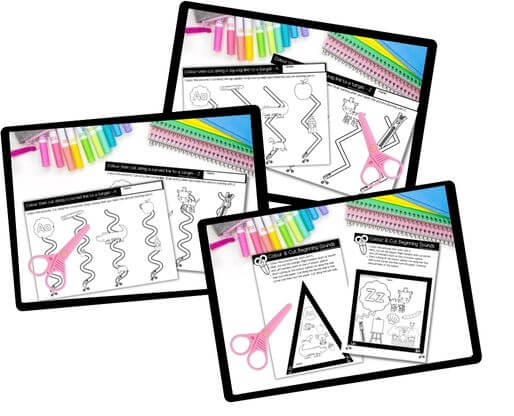
Cutting Activities - Initial Sounds
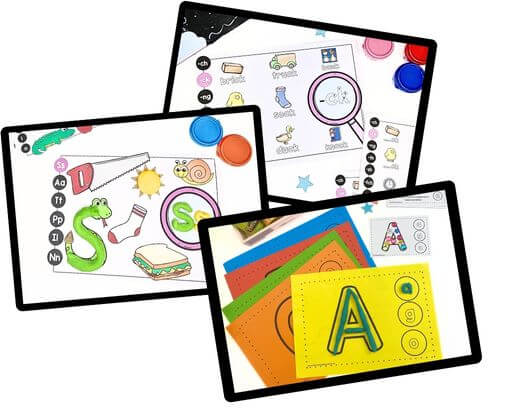
Fine Motor - Phonics Playdough Mats
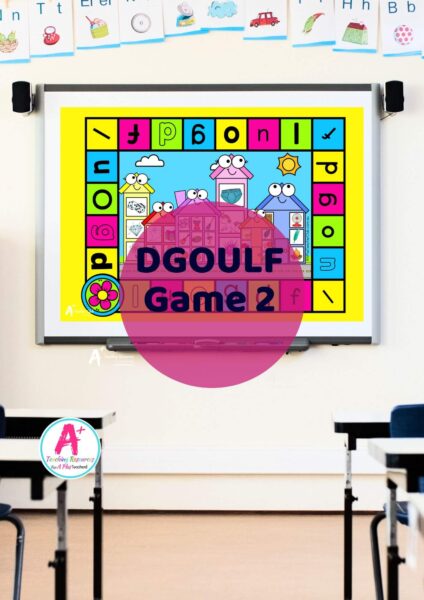
DIGI DGOULF Dice Game
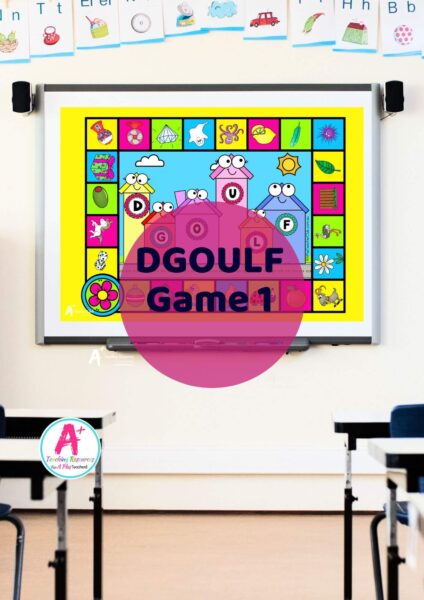
DIGI DGOULF Dice Game
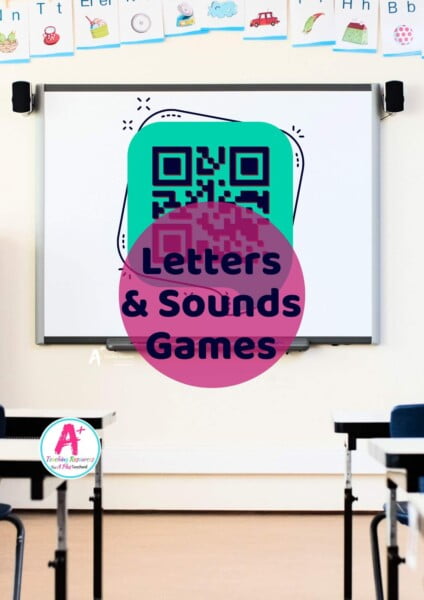
DIGI - Letters & Sounds Games
Can't find what you're looking for?
Send us a request! Use this form to request a resource. Please give details of the learning area, topic, year level, curriculum links. We’ll be happy to take a look to see if we can fit it in. Unfortunately a request does not guarantee we will be able to make it!
"*" indicates required fields

